The Sea
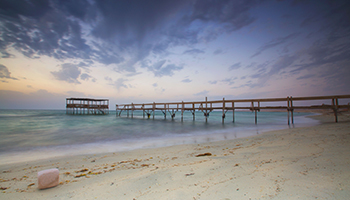
With more than 560 km. of coastline, Qatar has always looked to the sea. While the harsh conditions of the desert interior afforded few opportunities for agriculture, Qataris have always settled around the peninsula’s coast where the shallow waters of the Gulf provided a reliable natural bounty of teeming marine life. For generations, fishing and pearl diving provided the mainstay of life for many communities and, while the latter succumbed to the advent of cultured pearls in the 1930s, Qatari waters remain rich in fish life, also attracting the largest pod of Whalesharks annually during the summer months.
The Desert
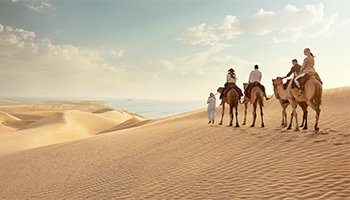
Qatar’s largest area of sand desert lies to the south-west of the capital, with its high dunes a major attraction both for recreational safaris or simply to enjoy the spectacular landscape. The desert scenery constantly changes depending on the time of day and light conditions. The breath-taking colours of sunrise and sunset are especially dramatic in photographs and the clear night skies offer a rare treat for stargazers. Khor Al Adaid, the impressive ‘Inland Sea’, lies to the south of this expanse of desert.
Khor Al Adaid
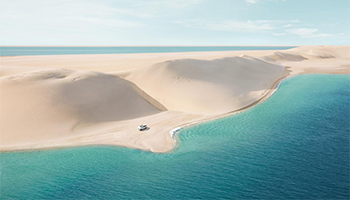
Some 60 km from Doha in the south-eastern corner of the country lies one of Qatar’s most impressive natural wonders, the ‘Inland Sea’ or Khor Al Adaid. A UNESCO recognized natural reserve with its own ecosystem, this is one of the few places in the world where the sea encroaches deep into the heart of the desert. Inaccessible by road, this tranquil expanse of water can only be reached by a 4x4WD vehicle across the rolling dunes.
Ras Abrouq Rock Formations
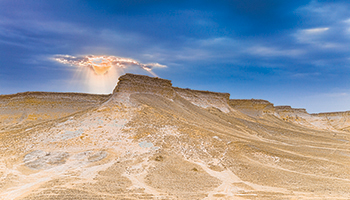
Qatar’s west coast offers plenty of interest. The area around Zikreet and the isolated Ras Abrouq peninsula is noted for its unspoiled sandy beaches, wild deer reserve and haunting lunar-like landscape of limestone rock formations sculpted by the wind into dramatic shapes.
Dahl Al Misfir Cave
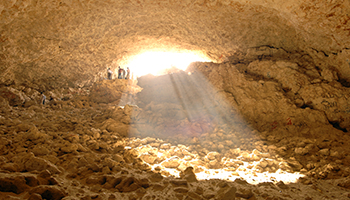
Gypsum deposits in the center of the peninsula have given rise to the geological phenomena known as ‘desert roses’ (clusters of roughly rose-shaped gypsum crystals) and, most notably, the 40m deep cave at Dahl Al Misfir, formed largely of fibrous gypsum that sometimes gives off a faint, moon-like phosphorescent glow.
Al Thakira Mangroves
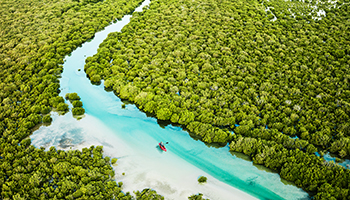
Al Thakira mangroves, lying just north of the city of Al Khor, present a large expanse of natural greenery in sharp contrast to the surrounding desert landscape. This area of vegetation with its own ecosystem is notable for attracting resident and migrating bird life, including flamingos and herons. A great way to explore the mangroves is by kayak, available from several destination management and specialist companies.
Flora & Fauna
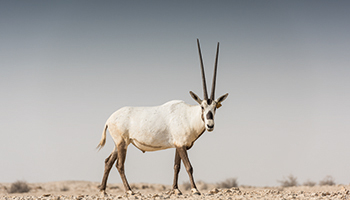
Qatar’s climate limits the variety of flora and fauna though, after any rain, the desert blooms with greenery. The national animal, the Arabian Oryx, which had become extinct by the 1970s, has been reintroduced since 1980 through an ongoing breeding programme. Other creatures occasionally encountered in the wild include foxes, jerboas, reptiles and various resident and migratory bird species, including flamingos. Dugong and hawksbill turtles are found in waters around the coast.


